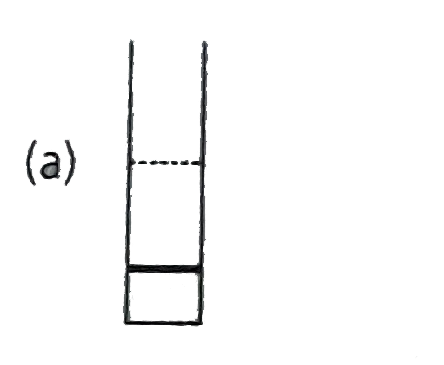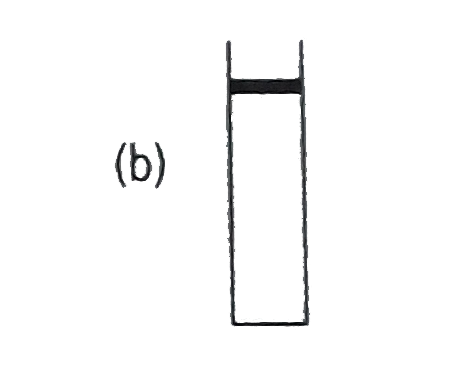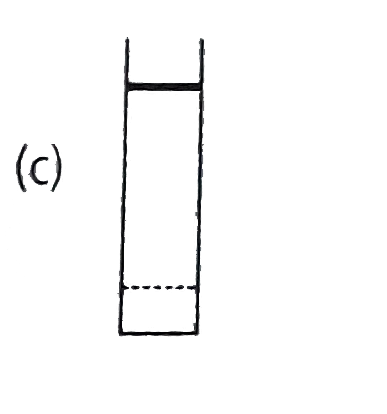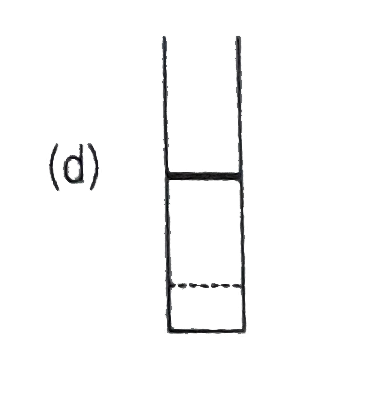If a labelled DNA (with a heavy isotope) replicates in conservative manner in a normal medium then in F1.
both daughter DNA molecules will be heavy
one DNA molecule will be heavy and one light
both DNA molecules will be hybrid
all are possible
The correct Answer is:B
To solve the question regarding the replication of labelled DNA with a heavy isotope in a conservative manner, we will follow these steps:
1. Understand the Types of DNA Replication:
- There are three main types of DNA replication: conservative, semi-conservative, and dispersive. In conservative replication, the original DNA molecule remains intact, and a completely new molecule is synthesized.
2. Identify the Initial Condition:
- We start with a labelled DNA molecule that has a heavy isotope. This means that the original DNA is heavy (H) and the new DNA synthesized will be light (L) when replicated in a normal medium.
3. First Replication (F1 Generation):
- In conservative replication, after the first round of replication, we will have one molecule that is heavy (H) and one molecule that is light (L). This is because the original heavy DNA does not change and a new light DNA is synthesized.
4. Analyze the Result of F1 Generation:
- Therefore, in the F1 generation, we will have:
- 1 heavy DNA molecule (H)
- 1 light DNA molecule (L)
5. Conclusion:
- The outcome of this replication process in the F1 generation will yield one heavy and one light DNA molecule. Thus, the correct answer is that in F1 generation, there will be one DNA molecule that is heavy and one that is light.
Final Answer:
- The F1 generation will consist of one heavy DNA molecule and one light DNA molecule.
- There are three main types of DNA replication: conservative, semi-conservative, and dispersive. In conservative replication, the original DNA molecule remains intact, and a completely new molecule is synthesized.
- We start with a labelled DNA molecule that has a heavy isotope. This means that the original DNA is heavy (H) and the new DNA synthesized will be light (L) when replicated in a normal medium.
- In conservative replication, after the first round of replication, we will have one molecule that is heavy (H) and one molecule that is light (L). This is because the original heavy DNA does not change and a new light DNA is synthesized.
- Therefore, in the F1 generation, we will have:
- 1 heavy DNA molecule (H)
- 1 light DNA molecule (L)
- The outcome of this replication process in the F1 generation will yield one heavy and one light DNA molecule. Thus, the correct answer is that in F1 generation, there will be one DNA molecule that is heavy and one that is light.
- The F1 generation will consist of one heavy DNA molecule and one light DNA molecule.
Topper's Solved these Questions
Similar Questions
Knowledge Check
- Question 1 - Select One
The semi-conservative nature of DNA replication was established by Meselson and Stahl in their classic experiment with bacteria. They grew bacteria in N15−NH4CI containing medium with N14 - containing compounds and allowed to grow for three generation . CsCI density gradient centrifugation of isolated DNA established the nature of semiconservation DNA replication. The pictorial representation below shows the positon of differentially labeled DNA in CsCI density gradient.

Had the DNA replication been conservative, what would have been the pattern ?A B
B C
C D
D
A DNA molecule in E. coli is heavy and labelled with N15. Iit is allowed to replicate in a medium containing N14. After one generation of replication, the two daughter molecules will
View SolutionIf hybrid DNA is allowed to replicate for one generation in medium containing N14 and for second generation in medium containing N15 then what is the proportion of light , heavy and hydrid DNA obtained respectively?
View SolutionA DNA molecule having labelled thymidine in one of its strand is allowed to replicate in a radioactive medium. Calculate the number of strands with labelled thymine in the DNA after three successive divisions.
View SolutionIf 50 heavy DNA (N15) molecules are replicated 2 times in N14 medium
View SolutionWhen a DNA molecule with one radioactive strand undergoes repeated replications in a medium without radioactivity for five times the number of radio labelled strands in the daughter DNA molecules
View SolutionA completely radio active DNA was allowed to replicate in non radio medium for two generations. Percentage of radioactive DNA is after process :-
View SolutionDNA in chromosomes replicates semi-conservatively,this was proved by Taylor and Colleagues in 1958 by performing experiments on Vicia faba using
View Solution

